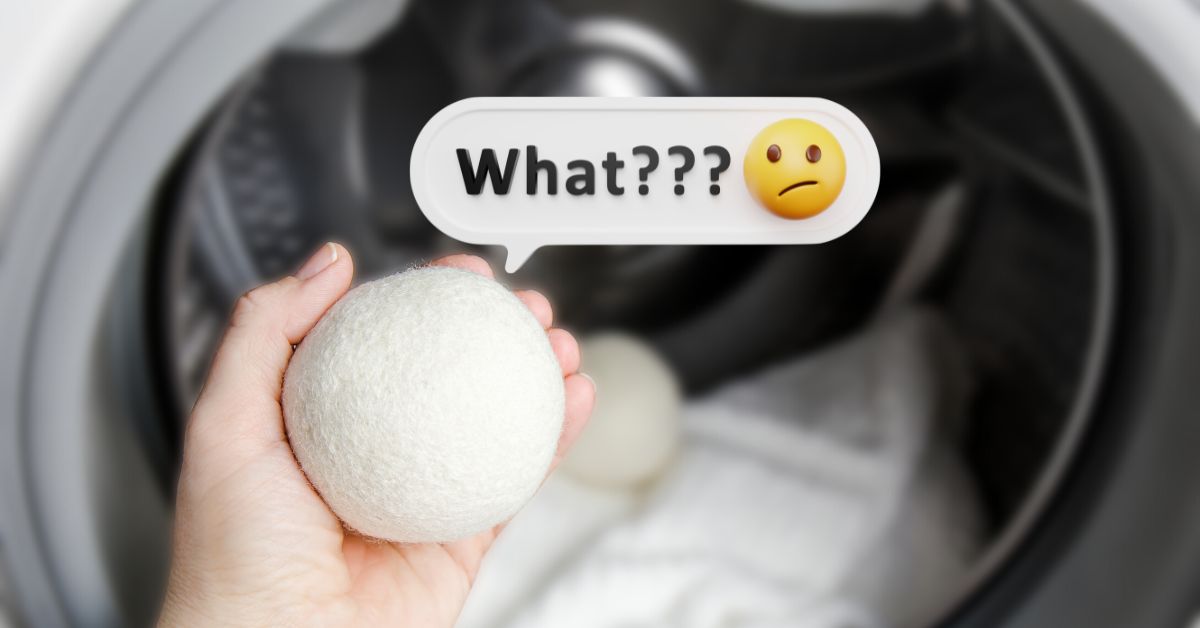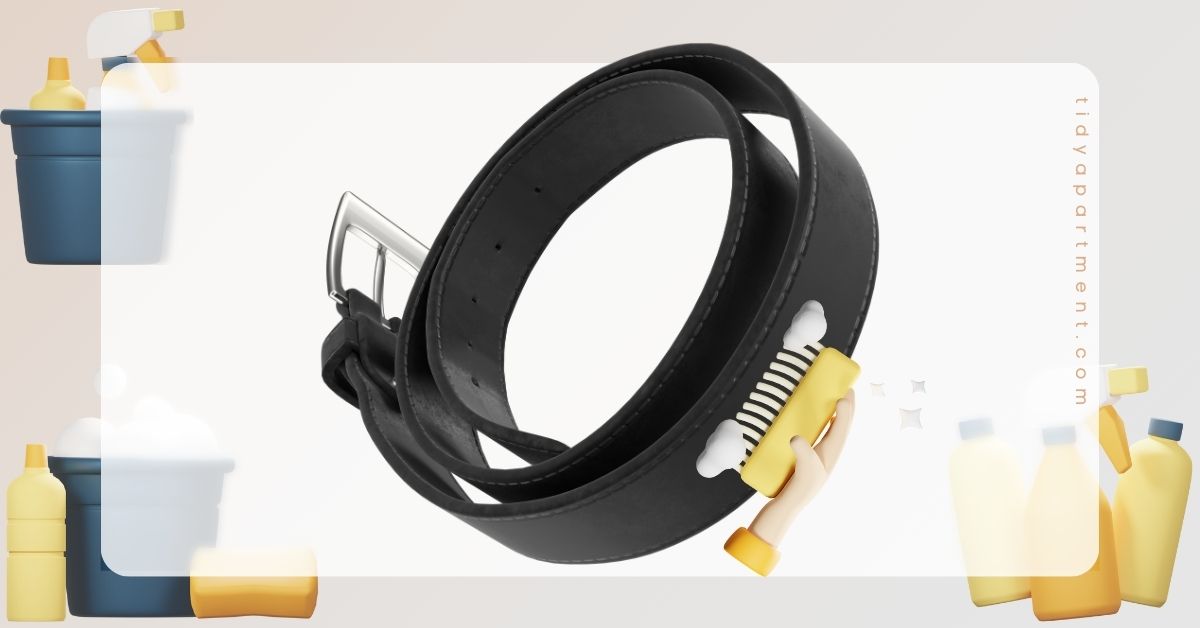Acrylic is a synthetic fiber often used as a substitute for wool because it is soft, lightweight, and warm. Acrylic is also known for being durable, easy to care for, and resistant to wrinkles and shrinking.
100% acrylic sweaters are easy to wash in a machine by setting a gentle cycle with cold water. Some acrylic garments may have washing instructions that recommend dry cleaning.
Let us understand the appropriate ways to wash acrylic sweaters to keep them in use for longer.
Page Content
Cleaning Overview
Working Time: 30 to 60 minutes
Total Time: 2 to 24 Hours
Skills Required: Beginner
Estimated Cost: USD 0 to 10
What Will You Need
Supply
- Laundry detergent
- Laundry wash bag
- Stain remover
Tools
- Large sink or tub
- Washing machine
- Iron
- Pressing cloth
- Drying rack or dryer
Before You Begin
Going through the care label before washing your acrylic sweater is crucial. Follow closely by understanding the symbols related to wash care on your clothing tag.
How to Wash Acrylic Sweater in Washing Machine?
You can machine-wash most acrylic sweaters. However, dry clean those clothes that come with an unwashable inner structure. Here are the steps for washing acrylic sweaters in a washing machine:
1. Pretreat the Stain
Acrylic fabric, a synthetic material, repels organic stains from blood, mustard, or wine without difficulty. Removing stains is easy by soaking the acrylic garment in cold water with gentle detergent.
Gently rub the fabric at the stain spot while it soaks in soapy water. Avoid hard scrubbing to prevent the fibers from stretching. However, if the stains are hard to remove, scrub them gently using a toothbrush. Ensure you don’t apply excess pressure to keep your fabric intact.
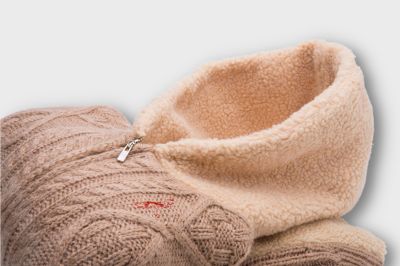
2. Load the Washing Machine
Feel free to use any liquid laundry detergent to wash the acrylic sweater. However, if the sweater is soiled, use a heavy-duty detergent like Persil or Tide to effectively remove the dirt.
Acrylic fibers tend to develop undue static. To prevent this, using a tiny amount of fabric softener in the final wash helps you remove the stickiness. Alternatively, use a dryer sheet while drying the load.
Are you out of fabric softener and looking for alternatives? If yes, then you must read: Substitute for fabric softener.

3. Gentle Wash with Cold Water
Wash your acrylic sweater gently with cold water in the washing machine. Avoid washing in hot water to prevent the stretching or melting of acrylic fibers. Prevent wrinkles by setting the permanent press cycle. Set the spin cycle rate to the lowest setting (e.g., delicate or hand wash) if you have a highly efficient washer.

4. Check for Stains
Always check for any stains that might still be visible before you toss your clothes in the dryer. Avoid placing acrylic garments with oil stains in a hot clothes dryer. It may leave a permanent spot, making it difficult to remove later.
If you notice any stains, repeat the steps from pretreating to washing the garment until they are gone.

5. Tumble Dry
Tumble-dry your acrylic sweater at a low temperature. Drying at a high temperature may ruin the fibers, stretching them or setting wrinkles permanently. Air-dry your acrylic clothes when they are still a bit damp.
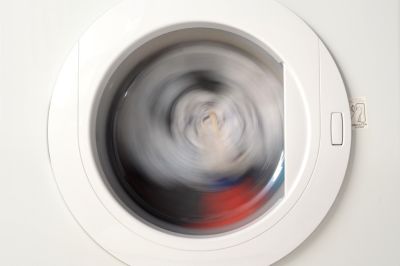
6. Iron (If Required)
Iron your acrylic sweater only if necessary. Iron the cloth at a low temperature using steam and a pressing cloth. It prevents the fibers from melting. You cannot repair a shiny fabric or one that has developed a hole.
Related: Iron temperature settings.
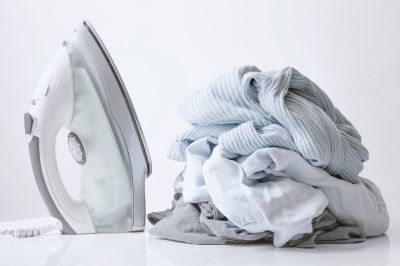
How to Wash Acrylic Sweater by Hand?
Ensure to hand wash delicate sweaters and dry them flat to retain their form. Soak the acrylic sweater in cold water for 15 to 30 minutes. Using hot water may stretch the fibers, ruining your acrylic sweater.
Follow the steps to hand wash the acrylic sweaters.
1. Fill the Sink with Cold Water
Acrylic fibers are resistant to stains, water, and wrinkles. However, if subjected to a high temperature, it may stretch or melt if the situation worsens. Therefore, we recommend washing acrylic clothes in cold water.
If you want to hand wash a single acrylic sweater, your bathroom or kitchen sink is more than enough to get the job done. If you don’t want to use your sink, use your bathtub or acquire a plastic container or bucket to hand wash your acrylic sweater.

2. Use Mild Detergent
An ideal ratio for using the detergent is 1 to 2 tablespoons per gallon of water for washing acrylic sweaters. Distribute the soap in the water evenly by stirring with your hands. A mild laundry detergent in liquid form works well.
Alternatively, you can use shampoos or liquid soaps produced from natural ingredients. Avoid using too much soapy water, as rinsing all the suds from your sweater may become difficult. You might have to use extra water, effort, and time if the water is too soapy.

3. Swish the Sweater in Soapy Water
Tumble and squeeze your sweater several times into the wash container. Dirt or dust particles do not stick tightly to smooth acrylic fibers. Therefore, gentle swishing is enough to rid most dirt and stains from the acrylic fabric. Rub any stubborn stains with your finger to generate a bit of friction and loosen the stains.
Warning: Harsh scrubbing, twisting, and wringing may damage the acrylic fabric.

4. Soak
If you heavily soil an acrylic sweater, soak it in the water for 20 to 30 minutes. It dilutes the grip of the dried dirt by providing a substantial amount of time for the water to work on it. Setting a timer helps you take the garment out on time and implement the next step of the washing process.
The next step involves swishing the sweater gently to remove as much dirt as possible. If you find it impossible to rid your garment of any stains, you must take it for professional cleaning.
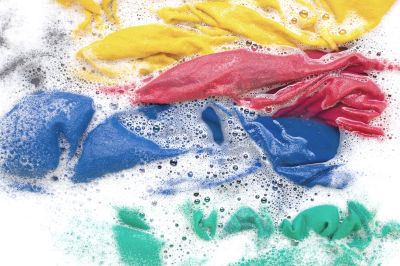
5. Rinse Thoroughly
Once you have thoroughly cleaned the sweater to your satisfaction, take it out of the container and drain out the soapy, dirty water. Let clean water run onto the garment by placing it under a faucet or a tap. Allow all the soapy water to flush out of your garment. Let the water from the tap run across all exposed and hidden parts of your sweater to ensure no suds remain on it.

6. Gently Remove Excess Water
Once you are sure about removing all the soap from your recently washed sweater, loosely bundle it up and gently squeeze it with your hands to remove excess water. Make sure you don’t apply extra pressure. There’s no need to extract the last drop. Just check that the garment remains partially drenched.
Gently squeeze your sweater for a long time if you have removed it from the washer without spinning it in the spin cycle. Do not press your acrylic sweater if it undergoes a complete wash cycle.
Avoid wringing, twisting, or balling up your acrylic sweater. Bungling it in the wrong way may deform it permanently.
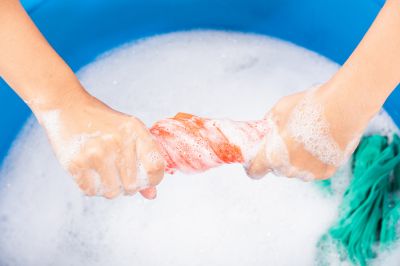
7. Air Dry
The acrylic fabric dries out fast since it is a synthetic fabric. Therefore, you must be patient and let it air dry instead of drying it in the machine heater. As mentioned above, exposing the acrylic fiber to heat may ruin it permanently.
To air-dry your sweater properly, lay it down on a clean and dry towel, and do not hang it.
Related: Minimum temperature for drying clothes outside
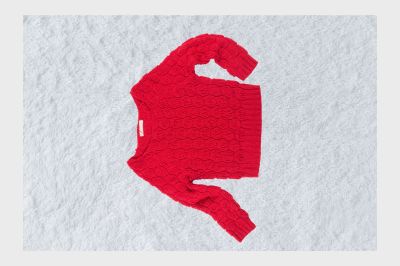
Additional Tips for Washing Acrylic Clothes
- Before washing, always go through the garment washing instructions. Some may be 100% acrylic, while some may be a blend of acrylic and other materials, and their washing instructions may differ.
- Avoid hanging acrylic clothes to dry. The weight of the water may pull the acrylic fibers and stretch them permanently, deforming your apparel. Knitted garments like sweaters are prone to this problem.
- Avoid handling acrylic garments immediately after you take them out from the dryer. The warm acrylic garments may stretch permanently.
- Avoid drying in the dryer. If you still wish to do so, set your dryer temperature below 120°F while drying your acrylic clothes.
- You can remove mild wrinkles on acrylic garments by using light steam. Alternatively, simply hanging the garments in a steamy bathroom gives the same result.
- Iron your acrylic clothes at the lowest temperature without hard pressure to prevent the fabric from stretching.
Related: Can You Iron Wet Clothes?
How Often Should You Wash Acrylic Sweater?
Wash acrylic clothes only if they are heavily soiled or stink or if you feel a wash is necessary. Acrylic fabrics repel stains and don’t hold onto sweat or moisture. So, there’s no need to have a regular schedule for washing your acrylic sweater. Repeated washing can damage the acrylic sweater, and the fibers are prone to stretching when subjected to excessive washing and machine drying. Limiting the washing can help you increase your acrylic sweater’s lifespan.
How to Store Acrylic Sweater?
Wash acrylic sweaters thoroughly and dry them completely before you store them. Fold your acrylic sweater and other knitted garments and stack them flat. It helps you prevent them from stretching. Never hang acrylic sweaters. If you don’t want to use your acrylic sweater for a long time, placing it in a sealed plastic container is the best way to store it.
Does Acrylic Shrink?
Unlike cotton and wool, acrylic is synthetic and reacts differently when subjected to hot water or a high temperature. Instead of shrinking, acrylic fibers stretch when exposed to high heat.
Do you want to know more about synthetic fabrics? Then you must read: What Are The Different Types of Synthetic Clothes
What is Acrylic Fabric?
Acrylic fabric is soft, warm, and light in weight. It gives a feeling similar to wool, and when spun into thread, it mimics cotton with other fibers. Therefore, acrylic fabric goes into making blankets, hats, socks, sweaters, tracksuits, upholstery, linings on the inside of boots and gloves, and luggage.
Acrylic fabrics are known for their softness, durability, and resistance to wrinkles, shrinkage, and mildew. They are also lightweight, breathable, and easy to care for.
Acrylic fibers effortlessly mimic the natural fibers that drape well and have a smooth feel.
How is Acrylic Fabric Made?
Long-chain synthetic polymers, comprising 85% of a petrochemical called acrylonitrile, go into making the synthetic material acrylic. Similar to nylon and polyester, acrylic is also a type of plastic. Heat and pressure are applied to petroleum distillates to create acrylic.
The manufacturing process involves the extrusion of the plastic mixture into long fibers. Then they dry these fibers, spin them into yarns, and weave them further to produce many fabric types. The manufacturer blends acrylonitrile with a small amount of other chemicals before extruding it into fibers, thus increasing the fibers’ capability to absorb dyes. Once spun, the acrylic yarn is dyed in different colors that remain on the fabric over time.
- Do acrylic sweaters shrink when washed?
No, acrylic sweaters do not shrink when washed. But if washed in extremely hot water, the fibers may stretch instead of shrinking.
- Can a 100% acrylic sweater be washed?
You can wash 100% acrylic sweaters by machine or by hand.
Conclusion
Acrylic fabric is a synthetic material that repels stains and doesn’t stick to sweat or moisture. In a way, it helps to keep itself clean and without any filthy odor for a long time. Acrylic fabric mimics wool and cotton and is the first choice of many over these natural fabrics due to its affordability.
Machine- or hand-washing acrylic garments is possible. In both methods, washing in cool or lukewarm water is suggested. Acrylic fibers may stretch when exposed to high temperatures. Therefore, to avoid deforming the shape of your acrylic garments, it’s crucial to understand the washing instructions on the label.
In general, acrylic clothing is a great option to keep your style on a tight budget. Also, the clothing lasts for a long time if maintained correctly.
Related: How to Wash Synthetic Clothes



